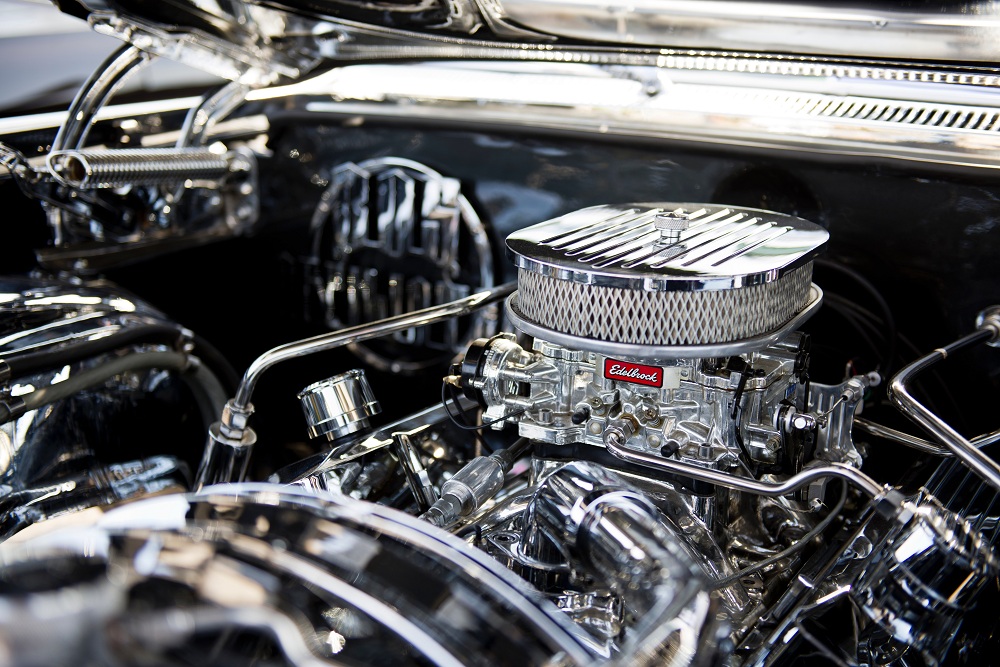Elevation and mountain driving can create specific problems for your car. Driving conditions are less ideal, the air is thinner, and the constant slopes put more pressure on your car than normal city-driving. However, most of the problems you’ll encounter can easily be solved with a quick trip to the shop.
Tune Up
Insufficient oxygen puts more torque on your car’s fuel combustion, which affects its power output and overall performance. Your car consumes more fuel while running with fewer horsepower. A quick tune-up can solve these issues as it adjusts your car’s air-fuel mixture to compensate for elevation.
Consider adjusting your engine’s idling speed to compensate for thinner air. You can even install a turbocharger that can direct compressed air into your car’s engine. This eliminates the problem of thinner air. A proper tune-up gets your car to use fuel efficiently while also reducing its emissions. Salt Lake City is imposing huge fines for vehicles that don’t meet its emission standards — so make sure your car isn’t belching too much smoke.
Check Your Transmission
Almost all transmission failures (90 percent) are caused by overheating. This usually happens when driving at higher altitudes. When transmission fluid gets hot, it oxidizes and loses its lubricating properties. This causes the wear and tear of your transmission. Make sure to take your vehicle for a transmission service in Salt Lake City.
Unlike engine oil, transmission fluid doesn’t burn. If your car is low on transmission fluid — there should be a leak somewhere. Transmission fluid is usually flushed and replaced every 2 years, but mountain driving can cut that time in half.

Tire Pressure Varies with Altitude
If you travel off-state frequently, you may have noticed your car’s tires lose a lot of pressure when you reach lower altitudes. Air pressure is relative to altitude and temperature also has a bit of influence.
Traveling from Park City to Salt Lake City can have a reduction of 3-5 psis on your car’s tires — while traveling the other way will leave your tires over-inflated. Less than ideal tire pressure will increase your car’s fuel consumption, make it harder to control, and lead to uneven tire tread wear.
You can even encounter potential tire failure once pressure falls below 6 psi of the tire’s recommended pressure — so make sure to check your tire pressure when descending or ascending more than 2,000 feet.
Mind Your Windows
One aspect of driving in high altitude that is often ignored is UV exposure. Utah has one of the highest rates of skin cancer and melanomas in the US — and driving plays a significant role in that statistic. Most melanomas form on the left side of the body — the side exposed to sunlight while driving. Windshields have UVA and UVB protection, but car windows are unprotected. UV concentrations go up with elevation — so make sure your car has UV-filtering tints on its windows.
Standard cars don’t come out of the factory ready to drive on Utah’s roads. You’ll need to make certain changes to your car to make it ready for high-altitude driving.


